OKR Methodology
Leading teams and companies to success with OKRs
Since OKR was first developed in Silicon Valley by Intel co-founder Andrew Grove in the 1980s, this management system has become a fixture in employee management at many large companies. Google INC. has been using OKRs since 1999 and has contributed significantly to their spread.
There are good reasons for this. With this management framework, the goals of individual employees can be linked to the strategies, visions and plans of the entire company. Used correctly, OKRs generate more growth and employee satisfaction.

“OKRs have helped lead us to 10x growth, many times over.”
– Larry Page, Google Founder
How does OKR implementation succeed?
What is agile strategy implementation and management?
OKR is based on agile principles (e.g.: iterative approach in short cycles, radical focus, transparency) and is thus able to modernize and further develop classic established planning, prioritization and strategy processes.
OKR complement each other ideally with (agile) concepts such as Lean, Kanban and Scrum. They are oriented towards the end consumer (this can be paying customers, but also, for example, one’s own employees in the case of a culture or process change) and quickly create a common understanding of goals and one’s own contribution to them.
This promotes transparency, (independent) coordination (alignment) and, through greater visibility of self-efficacy, also employee motivation. Leaders are still needed, but in a different way than (classically) before. They provide the framework and empower employees instead of controlling them.
What are Objectives und Key Results (OKR)?
The abbreviation OKR or OKRs stands for Objectives and Key Results. Simply translated, these are objectives and measurable key results. Basically, OKRs answer two key questions when defining and implementing objectives:
- objectives – where do we want to go, what do we want to achieve?
- key results – when do we know that we have reached our goal? How do we measure our success?
The OKR method is suitable for almost any company that sets plans, visions and strategies. Nevertheless, more than 70% of all companies fail the first time they implement the system.
What at first sounds very simple according to the textbook is often demanding in its implementation. It is therefore not enough to take a course on this method, read a textbook or purchase relevant software. Several other factors are crucial for a successful implementation of OKRs. They are crucial for all companies, but may need to be adapted to the individual circumstances of the organization.
| Objective (Goal) | Key Results (Metric) |
| Qualitative | Quantitative |
| What? | How? |
| An objective is a directional goal with an emotional and motivational function for teams and employees. | Key Results are success drivers of the target that can be influenced. They are the benchmark for achieving the goal. |
| ➔ Simple and understandable ➔ Provide direction ➔ Are inspiring, motivating, and call to action ➔ Positively formulated (“Toward”) ➔ Self-explanatory | ➔ “No number, no key result” ➔ 2-5 KR per objective Time-bound Measurable ➔ Serves the control in the cycle |
How does OKR work?
1. Start with your goal (Objective).
A preliminary consideration is necessary. What is the intention behind the goal? You can call it a vision. Example: The collaboration between marketing and sales should be improved. The objective could then be: Establish a regular exchange between marketing and sales and make communication exemplary.
2. In the second step, the measurability of the success is defined via the key results.
This could look like this in the example above:
1) In the first quarter, marketing and sales meet 6 times in video conferences.
2) At the end of the first quarter, there is a report that elaborates the results from the videoconferences and the resulting possible steps in dealing with the customers.
This example is highly simplified and its formulation may be more clearly aligned with what is to be achieved as the end result. However, it is already a well formulated OKR because it clearly focuses and prioritizes the points described. It is important in the context of the definition of OKRs that each Key Result must be measurable and verifiable in its own right.
OKR will not be perfectly formulated from the first attempt. That is part of the learning process when working with this system.

Contact us now!
We have more than 20 years of experience and deliver high quality consulting for your Agile, Lean or Digital Transformation.
Which routines are part of the OKR cycle?
In the OKR Framework, we distinguish Strategy from Moals from OKRs from OKR Weekly’s from OKR Review from OKR Restrospectives. These elements run in a rhythm of a fixed cycle. The 3-4 monthly rhythm is the new heartbeat of the company.
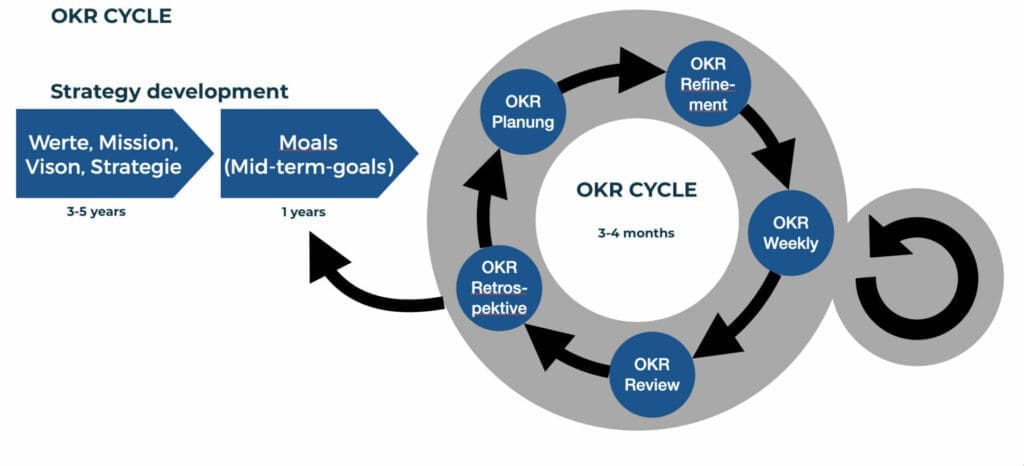
| Activity | Description | Timing |
| OKR Cycle | The iteration cycle in which objectives and key results are formulated. In Scrum this would be the “Sprint”. | 3 – 4 months |
| OKR Planning | OKR are planned for the coming cycle. | Approx. 4 hours per team, optional subsequent refinement phase, 1-2 weeks. |
| OKR Weekly | Weekly or bi-weekly synchronization of teams over the period of the entire cycle including progress assessment of goal achievement. | 30 -60 minutes |
| OKR Review | Internal team content review of the achievement of objectives | 2 -4 hours |
| OKR Retrospektive | Review of collaboration and the OKR process, identification of areas for improvement. | 2 -4 hours |
What are Moals?
“Moals” refer to so-called “Midterm Goals”, i.e. medium-term goals. These are usually defined by managers in order to simplify the bridge from strategy and vision to the goals for the individual teams. This is because the teams formulate their goals independently. In this way, the collective knowledge of the employees flows into the formulation of goals.
OKR´s vs. KPI´s
Both KPIs and OKRs have their own place and work best together. KPIs are used to measure past performance, while OKRs help you achieve your future goals.
While KPIs are essentially metrics that reflect your performance, OKRs are a goal-setting framework that helps you improve your performance and thus drive change.
Since these frameworks have different intents and logics, you can either let them coexist or simply choose the framework you lean more towards, depending on your needs and preferences.
| OKR | KPI | |
| Guiding questions | What do we focus on? | How do we perform? |
| Tasks | ➔ Innovation ➔ Improvement ➔ Solve problems | ➔ Measurement of performance ➔ Assessment of performance development ➔ Identification of optimization potentials |
| Time horizon | ➔ every quarter | ➔ on-going |
| Logic | Leading = Cause, can be directly influenced and are the leverage for achieving the KPI. | Lagging, i.e. often cannot be influenced directly. BUT, if OKR are fulfilled, then the KPI are also correct. |
| Focus | ➔ People, emotions ➔ Meaning, focus ➔ Enthusiasm, commitment | ➔ Numbers ➔ Data ➔ Facts |
| Purpose | Design to proactively focus and prioritize a business. | Controlling to evaluate performance retrospectively and identify optimization potential. |
Why OKR?
Professionally implemented and adapted to the individual structures of a company, the OKR method can unfold its many advantages. These include in particular these advantages of the OKR system:
- Improved fit of an overarching corporate strategy with individual employee goals.
- more focus on priorities in the implementation of goals.
- higher expectations and more commitment from each team member.
- Better and clearer collaboration among departments and employees.
- Increased willingness to innovate by being more open to new ideas and ways of thinking.
- Increased growth through participation of all employees in the overall success of the company.
- greater work motivation, employee satisfaction and an increased sense of the value of one’s own contribution to the company’s success.
- added value for the company as a whole, as opposed to mere activity that does not focus on goals and values.

Contact us now!
We have more than 20 years of experience and deliver high quality consulting for your Agile, Lean or Digital Transformation.
Introducing OKRs
Before introducing an OKR system, it should be checked whether the organization is “ripe” for the introduction of this form of employee management. Anyone who now expects this to apply to every company as a matter of course is mistaken. Here, as with many management systems, the company must be considered in its entirety. The following questions should be answered positively when OKRs are implemented:
1. Are the contents and meaning of the OKR system recognized?
The OKR system is a method. It has the character of a tool. For successful introduction and implementation, it is important to understand this tool and to apply it according to its maximum benefit. The individual implementation is important. Standard implementations of an OKR system often lead to a lack of success.
What proves successful in a large company, for example, does not necessarily mean that it will be successful in a medium-sized company with certain structures. Lack of success is usually not due to the OKR system itself. The method cannot shine where it is not individually adapted to the respective company structures.
2. Are the corporate structure and culture prepared for the OKRs?
In some companies, the corporate structure is not ready for the implementation of OKRs. Successful application of the method flourishes in an open and agile corporate environment. This starts with the communication of all stakeholders and moves on to the openness to corporate goals/strategies.
In highly controlled, non-transparent corporate cultures, the OKR method cannot develop its special advantages. The culture of dealing with mistakes, the motivation of the employees and the entire corporate environment must be aligned to openness and clarity before OKRs are implemented.
3. Do key leaders actively support the introduction of OKRs?
OKRs cannot be introduced from the board room. The management team in the company must take an active role in implementing this method on the shop floor. The task is a matter for the leaders in the company. It cannot simply be delegated to another department such as HR. If managers do not actively participate, the method is bound to fail.
How do I design a good OKR implementation process?
The introduction often causes some friction – but this is often related to the fact that employees as well as managers question processes, structures and attitudes with regard to their contribution to the desired goals and this often leads to leaving one’s own comfort zone.
This dynamic supports the approach that OKR is primarily a method to support (fast) learning, but it should also be well supported and accompanied to minimize frustrations and negative side effects. The goal is the productive development of the system, not to subject people to a method.
Like any introduction of a new work methodology, the introduction of the OKR framework is a change process. Since the work with OKR is based on agile principles, for some companies one can also speak of the introduction having a transformational character.
Does the mindset fit yet?
When introducing OKR, it is important that both employees and managers understand how the OKR method works and what kind of thinking is required. To this end, it is particularly helpful to first clarify why OKR is being introduced. Depending on the answer to this question, the implementation process may also vary.
When the why is clear to everyone, then you can start talking about the how: Which teams start working with OKR first, and which should follow? How will learning effects be maximized? How can management best support the work with OKR and which people should be trained and how?
Which companies are using OKR?
The list of companies that use OKR for employee management and strategy implementation is now very long. Startups, small and medium-sized companies as well as large corporations use this management framework. It can be assumed that many S&P 500 or DAX corporations use OKR in at least some areas of their business. The universal applicability is due to the fact that OKR fits perfectly with modern and agile management and work practices.
Is OKR the right approach for your business?
As described before, OKR can help to drive the agilization of a company and to further develop and modernize strategy implementation processes. Contact us to learn more about the potential of OKR for your company.

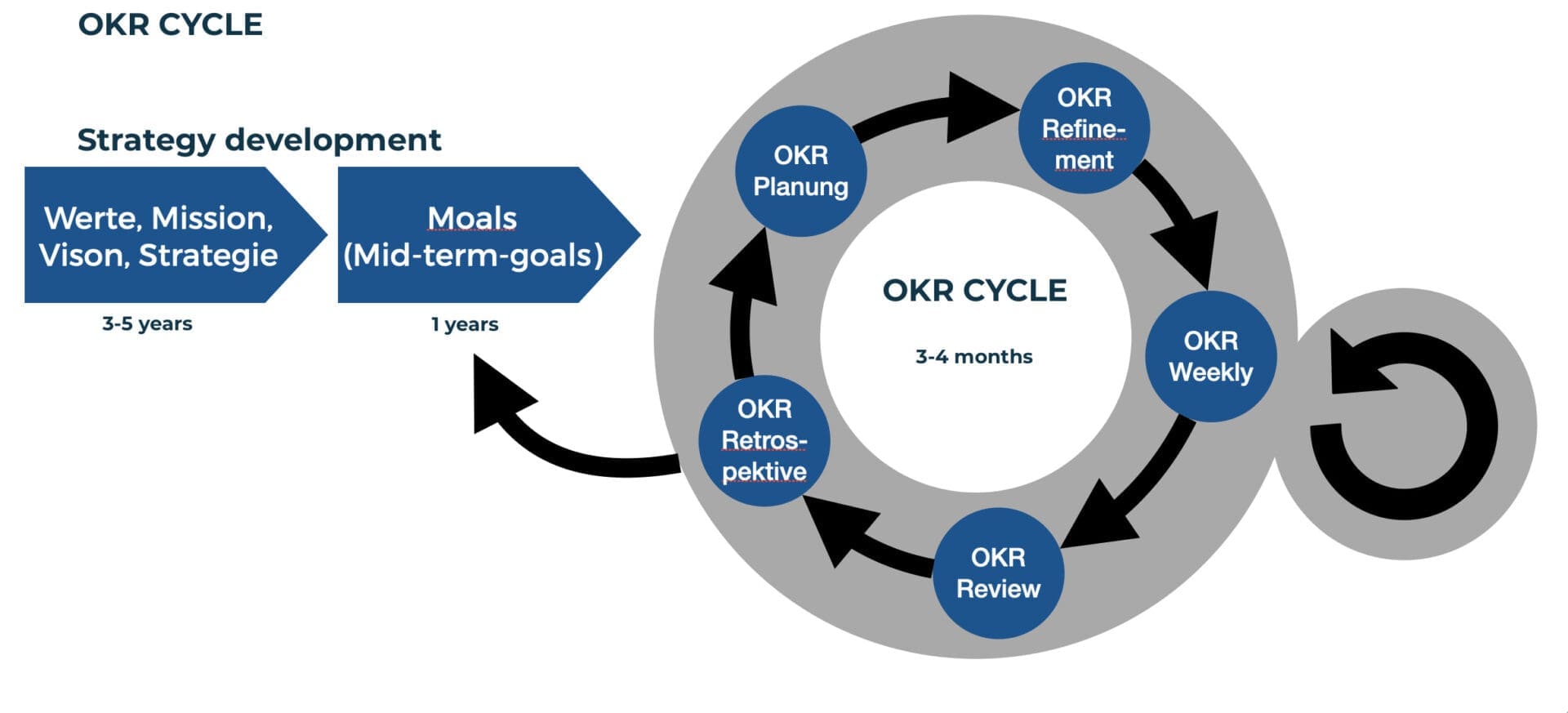



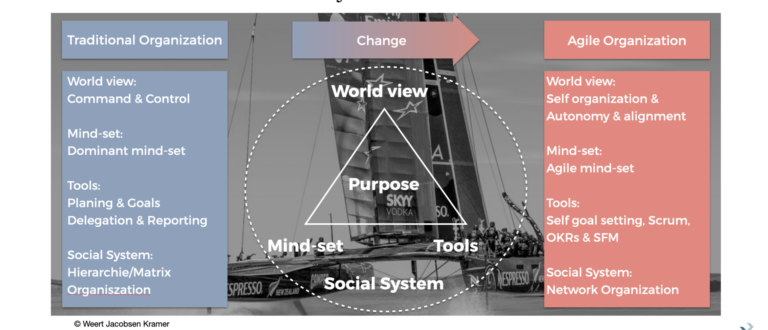
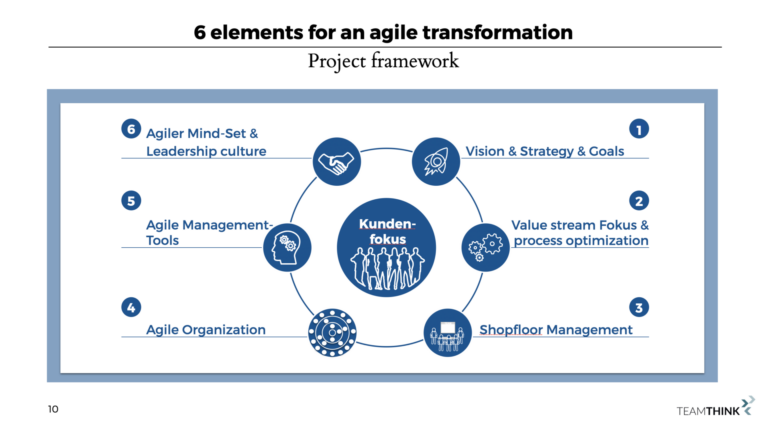
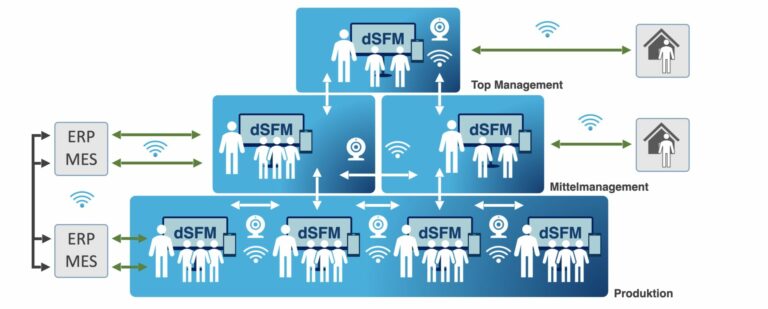
My okr methodology for my newly job position it’s a challenging one as I am doing my CPD as a best practices
Hello Amara,
I hope you find this article inspiring for your Continuing Professional Development. If we can support your with anything, let me know! Kind regards, Weert